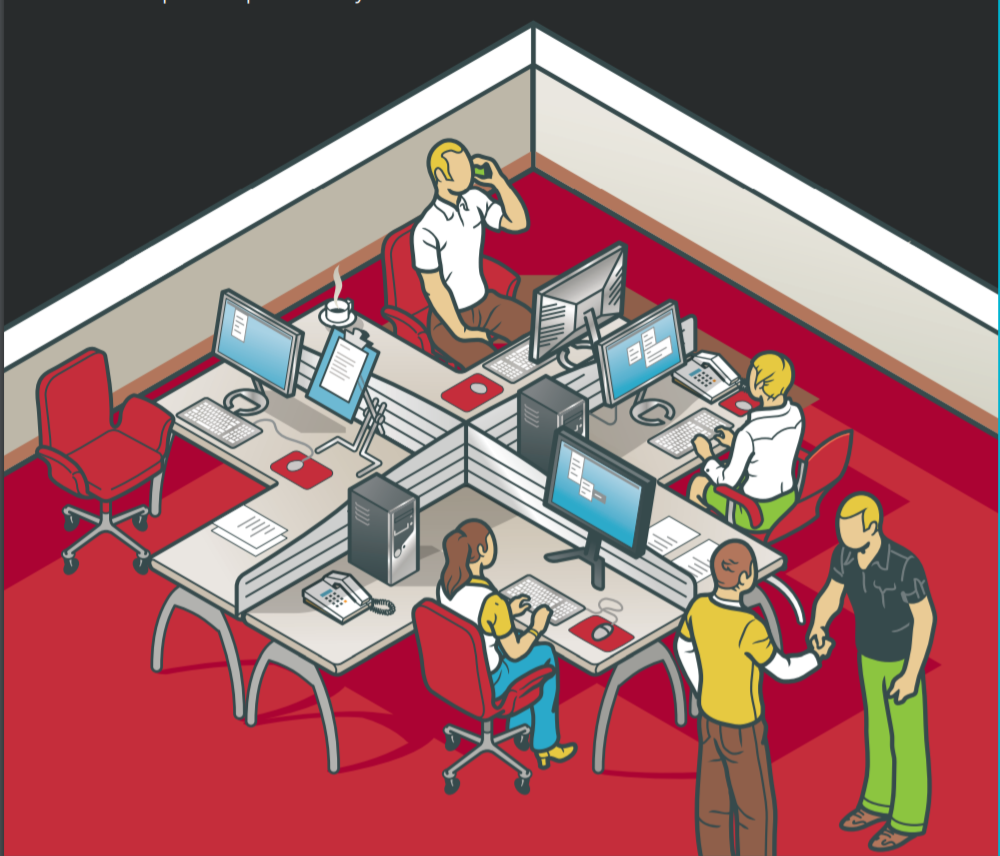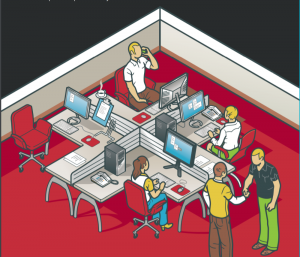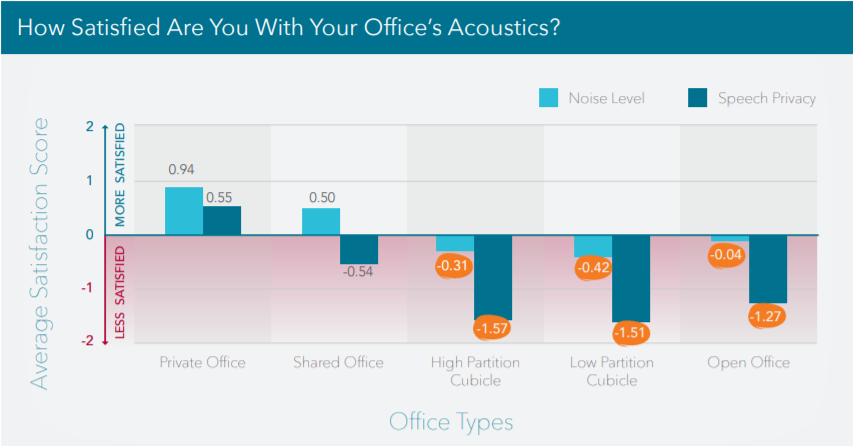
Battling the Open Concept Office Noise
By Megan Kent
- Corporate ,
- 18 Apr
Open office plans don’t seem to be working…

In one Inc.com article, aptly titled Open-Plan Offices Kill Productivity, According to Science, the author even states that “Most people would rather work at home and or tolerate angry stares from the other patrons in a coffee shop (should one need to make a call) than try to get something done in an open-plan office.” The point is furthered by even stating that employees are willing to take a pay cut to work from home vs in an open office plan. And not just that, but research presented in the article from a new comprehensive study of more than 40,000 workers in 300 U.S. office buildings goes on to show how the distractions and decreased productivity that come along with an open concept office plan have a greater cost in productivity than savings.
Even so, a BBC article states how “Numerous companies have embraced the open office — about 70% of US offices are open concept — and by most accounts, very few have moved back into traditional spaces with offices and doors.” Though the article details how Chris Nagele adopted the open concept office, and then within 3 years moved back to a more traditional closed door space and was much happier for it, many companies are not making the move back. Despite the productivity loss, and even increased likelihood that employees will become ill when working in an open concept office, the open office work life is continuing for many.

So, what can be done to help?
Many are trying to combat the prevalent sounds in offices, and the need for workers to drown them out, through building and office design. There are many materials out there that can be used to help dampen sound, and the technology behind them seems to be increasing. Adding these types of materials, or updating spaces through construction, are one of the main ways for companies to improve noise levels. One of the reasons updating materials vs redesign is still highly used, is as one International Design Association states, “Findings on how sound moves through a room have changed very little in several decades, making it difficult for designers to increase their knowledge of sound physics.”
One way companies are masking sound, other than construction and redesign, is through white noise. This white noise can be specifically directed, and typically is utilized through speakers in the ceiling. In an online article for JCI one writer (Emily) effectively explains the way these work as “the white noise used in sound masking systems is structured , meaning it is uniform instead of constantly changing, like speech, music, or general office noise. This consistent noise allows the brain to tune out the inconsistencies” By tuning out these inconsistencies, the employees are able to focus better and be less distracted, as well as having some added privacy.

Have questions on sound masking? Contact Us!
Follow Ten10 Technologies Social Media: ![]()
![]()
Note: While Ten10 Technology has tried to be as informative as possible and link to factual information, it is always encouraged to double check facts and perform your own research.





Recent Comments